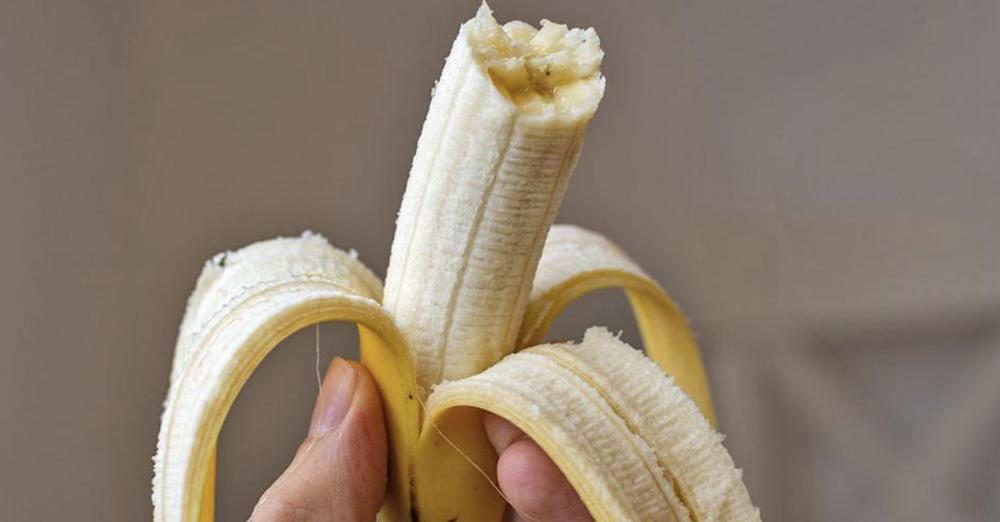Will a Banana With Edible Peel Change the World?
The banana is the most popular fruit in the U.S., and also in Japan. Indeed, Japanese scientists are the ones responsible for inventing the edible-peel banana. The breakthrough discovery was made in Japan’s Okayama Prefecture at an experimental farm, following months of experimenting with a freezing-and-thawing method that resulted in the edible peel of a variety of bananas called Mongee.
;)
Well, it might not change the world, but it could change the way we eat our favourite on-the-go snack.
The banana is the most popular fruit in the U.S., and also in Japan. Indeed, Japanese scientists are the ones responsible for inventing the edible-peel banana. The breakthrough discovery was made in Japan’s Okayama Prefecture at an experimental farm, following months of experimenting with a freezing-and-thawing method that resulted in the edible peel of a variety of bananas called Mongee.
The banana trees are kept at extremely cold temperatures of minus 76 degrees F, which is then followed by a massive heat increase to 80 degrees F. This ensures that the banana skin stays soft and thin. One of the researchers says that the edible skin has the consistency of lettuce. Taste testers aren’t exactly going wild over the peel either. The banana flesh itself has around 5 grams more sugar in it than a regular banana, and is said to have a ‘very strong tropical flavour’, whatever that means. The edible peel is said to be ‘fairly easy to eat’, but apparently ‘there isn’t much flavour’.
At the moment, the farm is only producing the edible-peel fruit in batches of 10 bananas a week, which are sold at an expensive designer food market in Okayama. The cost of these unique fruits? Nearly $6 for one banana!
Don’t expect Mongee bananas to make their appearance in a supermarket near you any time soon. As well as the small amount currently being grown, there is also the question of how the soft-skinned bananas would survive the rigours of shipping. Traditional banana skins are tough and protect the fruit from bruising while in transit.
Designer fruit is a big thing in Japan. There is a high-end fruit shop in Japan called Sembikiya, that sells square or triangle shaped watermelons, tennis ball sized strawberries and a variety of grapes called Ruby Roman, whose price tags will leave your eyes watering.
The most expensive fruit sold there was a premium Hokkaido cantaloupe, which went for a staggering $27,240 dollars, and some of the other fruit there like the large strawberries sell for around $4,395 each. That makes the edible-peel bananas seem like a bargain in comparison.
Interesting Banana Facts You (Probably) Didn’t Know
- Bananas are essentially clones. There is one variety from which all commercially cultivated bananas come, called the Cavendish, after the man who first discovered them.
- Bananas are naturally radioactive, but quite safe for us to eat. They contain a type of potassium called Potassium-40, which is a radioactive isotope of potassium.
- The original preferred bananas were called the Gros Michel variety. A fungus wiped these out, and the Cavendish was the only banana variety found to replace them. A type of the same fungus now threatens the Cavendish banana.
- Musa Sapientum is the scientific name for the banana, which means ‘fruit of the wise man’.
- There is a museum devoted entirely to all things bananas. The Banana Club Museum, on Highway 111 in Mecca, California, houses the world’s largest collection of things associated with bananas – around 17,000 items!
- Bananas aren’t just yellow. In Australia, there is a variety of small banana called the Dacca, whose skin is reddish-purple. When the fruit is ripe, the flesh turns a light creamy-pinkish colour.
;Resize,width=767;)



